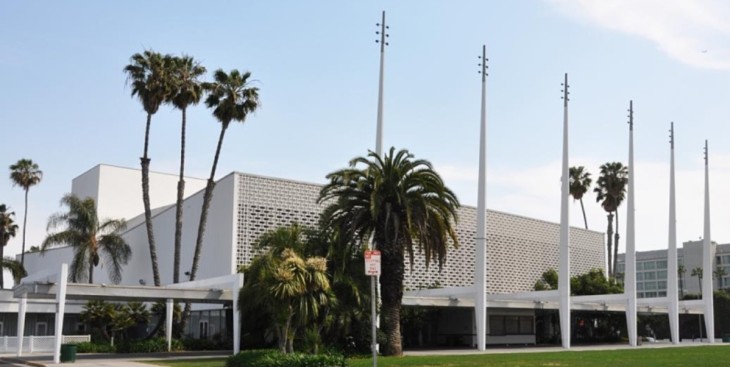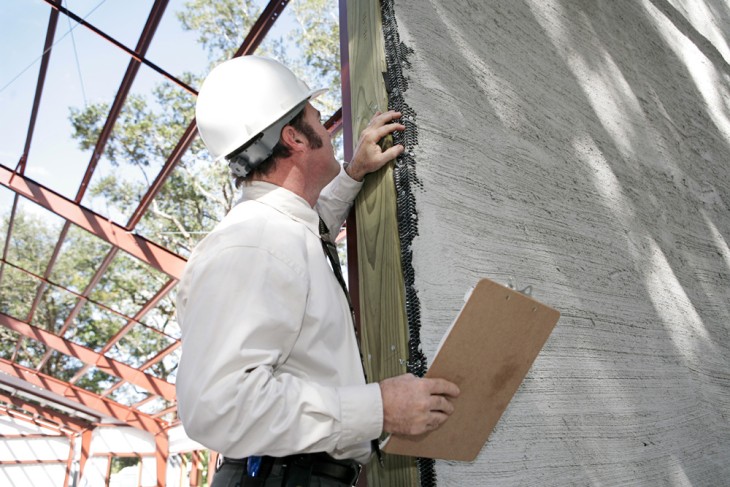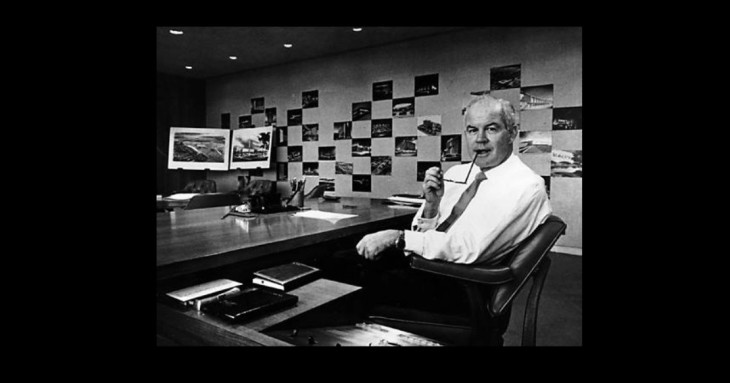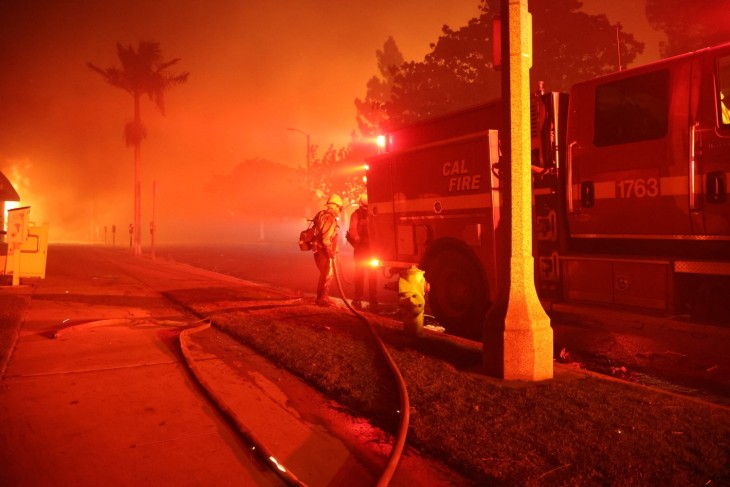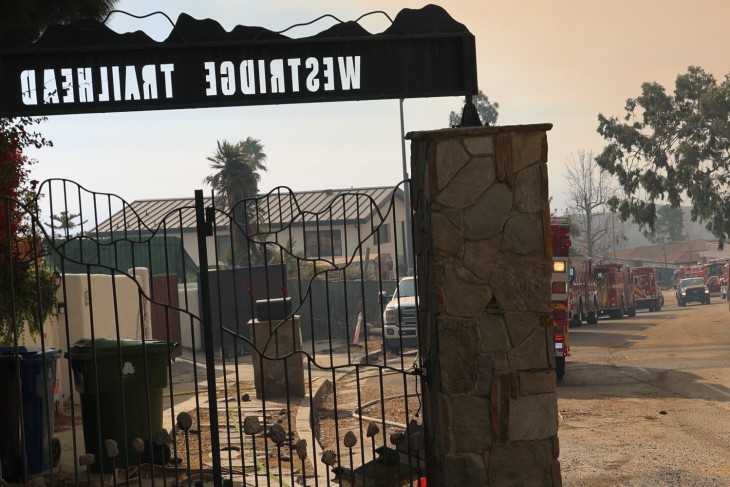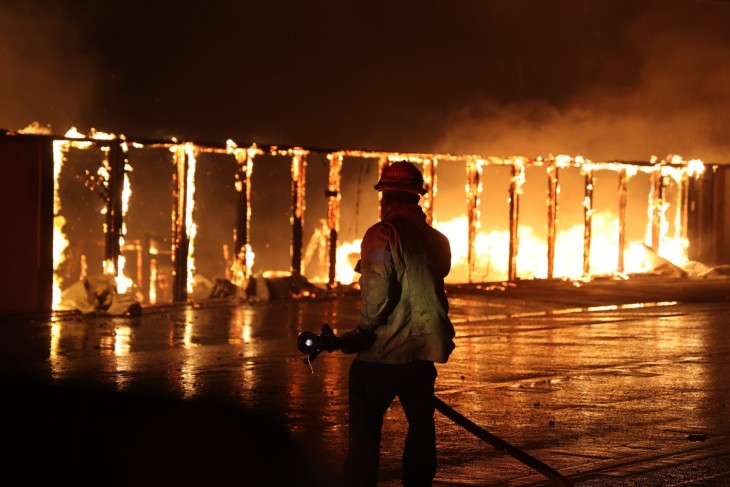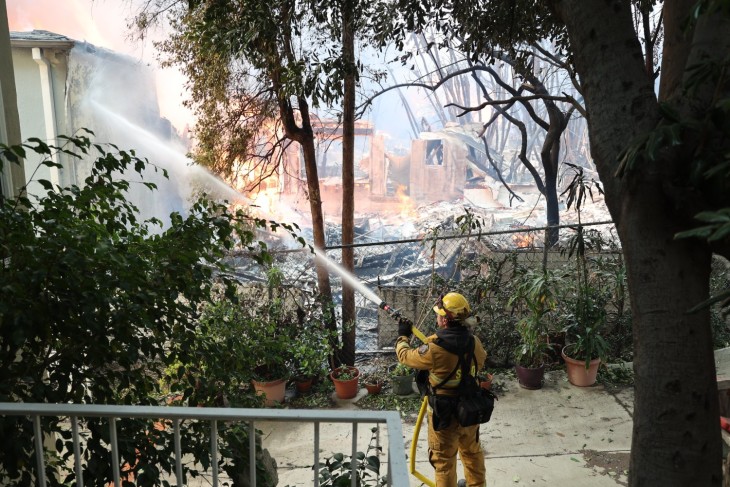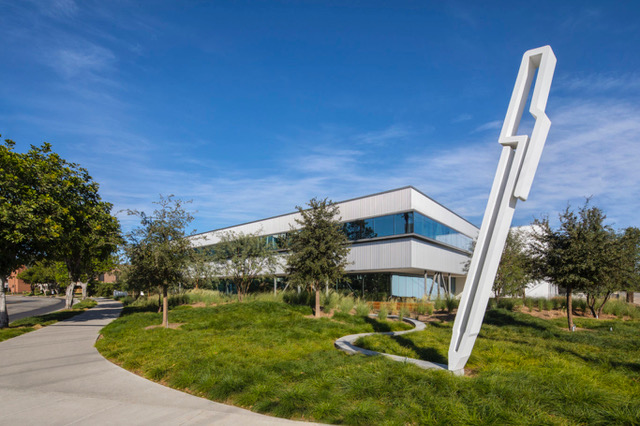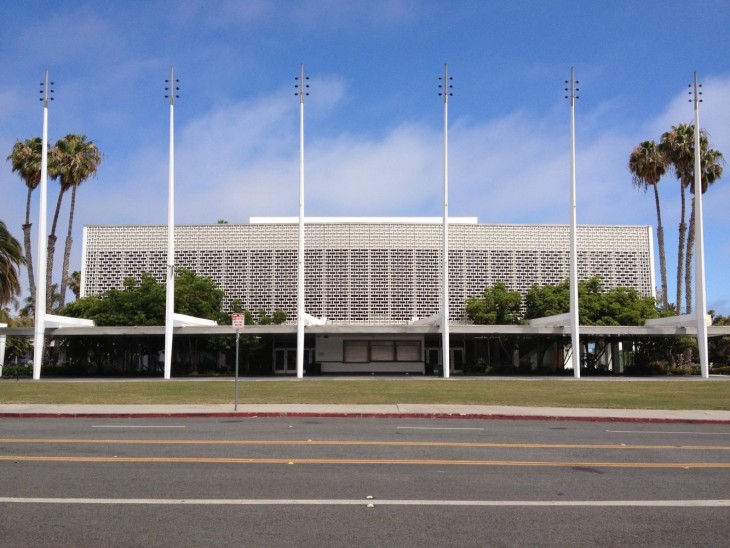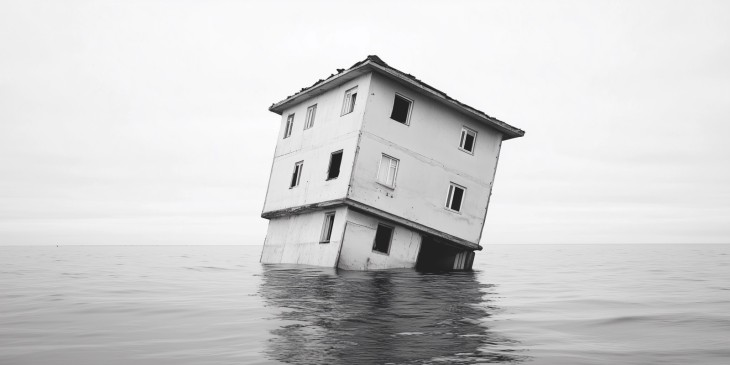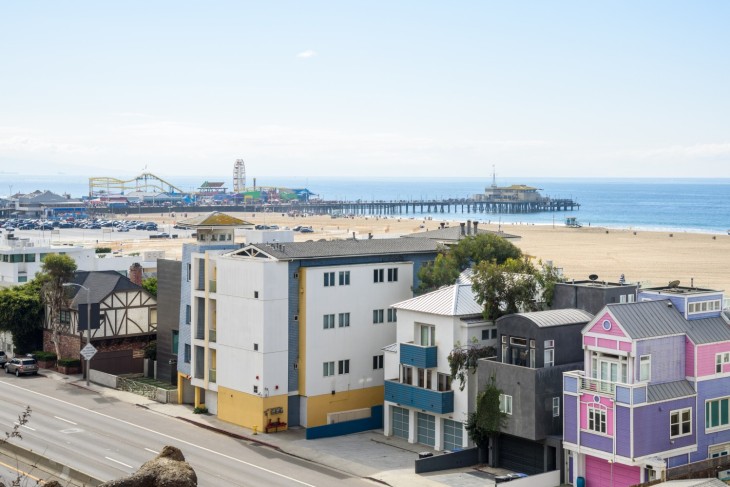Listen to water officials from Gov. Jerry Brown down to local officials and you’d think replacing lawns with drought-resistant plants or artificial turf is a pure good, no negatives involved.
They know lawn replacement, often called “xeriscaping” because it can use cactuses and other desert plants, generally leads to at least a 30 percent cut in household water use.
But…you could read reports from the ongoing Women’s World Cup soccer tournament, where ambient temperatures in cities like Winnipeg and Ottawa were in the high 70s at some game times, but temperatures on the synthetic grass fields ranged from 120 to 129 degrees.
That’s the “heat island” effect, where non-grassy surfaces like the faux grass and gravel sometimes used to replace lawns gather heat from the sun. Unlike grass, they don’t use the sunlight for anything, so heat energy can pile up and even warm adjacent buildings. Temperature differentials won’t often be as extreme as at the Women’s World Cup, but can drive up electricity use and air conditioning bills.
Reports the Accuweather forecasting service’s blog, “Grassy surfaces will be significantly cooler on a sunny day when compared to artificial turf, gravel or pavement.”
This is one reason some homeowner associations are trying to ban replacement of front lawns with synthetic grass, even as many water agencies pay by the square foot for tearing out existing lawns. Homeowners often get phone calls from services offering free natural turf removal and replacement in exchange for signing over those payments. Some local water agencies, however, refuse to pass along turf-replacement subsidies for fake lawns using synthetic turf.
There’s also the fact that grass pulls carbon out of the air. The more green leaf surfaces in any area, the more greenhouse gases will be absorbed. Which means grass helps fight climate change.
Grassy surfaces also facilitate recharge of ground water, most water landing on them eventually trickling down into aquifers. So unless replacement surfaces are extremely porous, more storm water will eventually run off into the Pacific unused and less will become ground water.
This all leads to questions about the efficiency of lawn replacement campaigns now being run by myriad water agencies. By far the largest of these plans comes from California’s biggest water provider, the six-county Metropolitan Water District of Southern California, often called “the Met,” which has a $450 million, two-year conservation incentive program, aiming to save as much as 80,000 acre feet of water yearly over 10 years. That comes to $562 per acre foot saved, far more than the Met pays for most water today.
The most visible and expensive part of this program is lawn replacement, which will use about three-fourths of the money to replace 172 million square feet of grass, or 3,948 acres. But lawn removal is far from the most effective part of the water-saving plan. Much more will be saved by replacing old fixtures and equipment.
“The device replacement part of our program should save about 60,000 of those acre feet,” says Jeff Kightlinger, general manager of the Met. “Devices give a bigger bang for the buck.” The Met is paying customers to install everything from low-flow shower heads to high-efficiency lawn sprinklers and a new generation of ultra-low-flow toilets. The biggest savings may come from new-generation cooling tower controls for heating and air conditioning units atop large buildings.
And yet, reports Kightlinger, “Almost all the news reports on our conservation program have focused around turf replacement.”
Then there’s the fact that many thousands of acre feet of water are wasted by over-watering grass and trees. “Commonly used shrubs, trees and grasses have a lot of drought tolerance,” says Dennis Pittenger, Riverside-based environmental horticulturist for the University of California’s Cooperative Extension. “They are usually overwatered. I think we ought to focus more on people’s watering behavior, and less on replacing plants.”
Commercial turf grower Jurgen Gramckow of Oxnard maintains many new drought-resistant landscapes won’t hold up when rains finally come. “Landscapes with bark as ground cover, for example, will lose a lot of it and clog storm drains, too,” he says. “The water agency perspective on lawn replacement is one-dimensional. No one talks about tradeoffs, negative effects.”
He’s right about that, which means today’s lawn replacement fad may really be less about water savings than trying to change attitudes, also known as social engineering.


